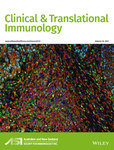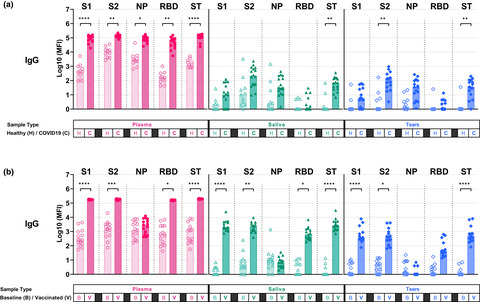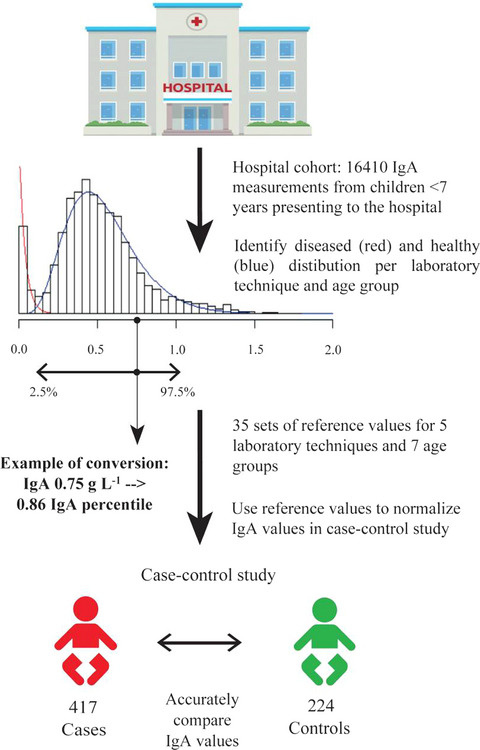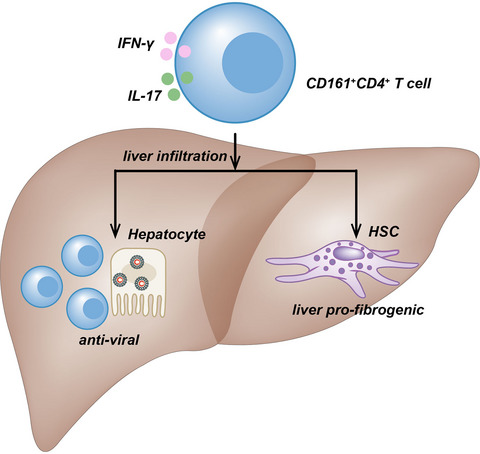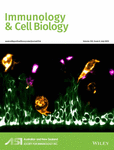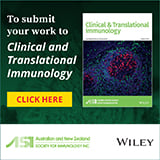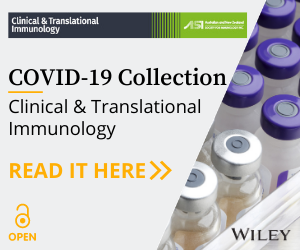Journal list menu
Export Citations
Download PDFs
Short Communication
Tear antibodies to SARS-CoV-2: implications for transmission
- First Published: 01 November 2021
Original Article
Intratumoral T-cell receptor repertoire is predictive of interim PET scan results in patients with diffuse large B-cell lymphoma treated with rituximab/cyclophosphamide/doxorubicin/prednisolone/vincristine (R-CHOP) chemoimmunotherapy
- First Published: 27 October 2021

In a cohort of high-risk diffuse large B-cell lymphoma patients enrolled in phase 2 clinical trial, clonally expanded intratumoral TCR repertoires were associated with a positive interim PET scans. Abundant intratumoral clonotypes were identified in peripheral blood at baseline and during chemoimmunotherapy.
Original Articles
A novel method to standardise serum IgA measurements shows an increased prevalence of IgA deficiency in young children with recurrent respiratory tract infections
- First Published: 29 October 2021
Special Feature Review
Inflammation neuroscience: neuro-immune crosstalk and interfaces
- First Published: 31 October 2021
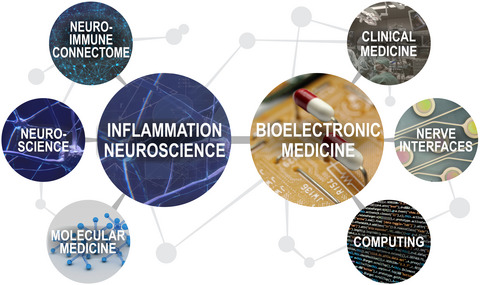
A growing mechanistic understanding of the functional organisation of immune-regulating reflexes has enabled the use of electrical interfaces with the peripheral nervous system for the study and the treatment of inflammatory diseases. Here, we review neural circuits that regulate inflammation, discuss technologies for activation of peripheral nerves and provide some perspectives on clinical translation.
Original Article
IFN-γ facilitates liver fibrogenesis by CD161+CD4+ T cells through a regenerative IL-23/IL-17 axis in chronic hepatitis B virus infection
- First Published: 02 November 2021
Original Articles
Serological and cellular inflammatory signatures in end-stage kidney disease and latent tuberculosis
- First Published: 05 November 2021
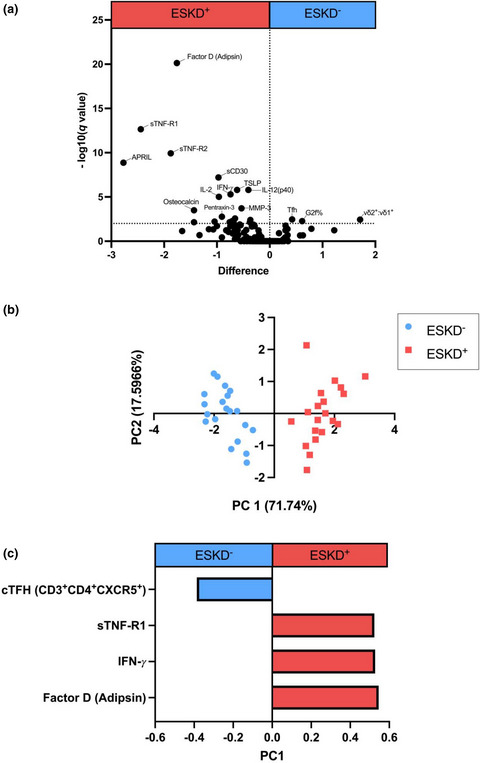
End-stage kidney disease (ESKD), regardless of aetiology, shares a common, highly inflammatory course promoting monocyte activation, leukocyte chemoattraction, and generalised inflammation. With substantial rates of TB reactivation in this patient group and mechanistic uncertainty, our study assesses plasma and cellular immune profiles from ESKD patients with and without latent tuberculosis infection (LTBI). We learn how ESKD+/LTBI+ co-infection remains a highly inflammatory state compared to ESKD−/LTBI+ and find unique inflammatory signatures driven by the presence of ESKD.
Dysfunctional BTN3A together with deregulated immune checkpoints and type I/II IFN dictate defective interplay between pDCs and γδ T cells in melanoma patients, which impacts clinical outcomes
- First Published: 09 November 2021
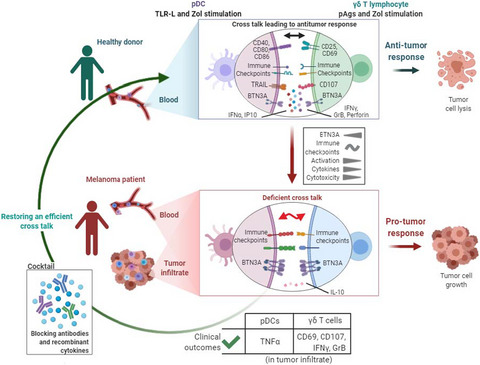
Our study reveals, for the first time, crucial impairments of the bidirectional interactions between pDCs and γδ T cells in melanoma, and uncovered the dysfunction of BTN3A together with deregulation of specific immune checkpoints and type I/II IFNs in dictating defective pDC / γδT cell interplays. Such advances pave the way to harness these potent and promising cell partners to design novel immunotherapeutic strategies.
Whole transcriptome analysis of high and low IFN-α producers reveals differential response patterns following rhinovirus stimulation
- First Published: 17 November 2021
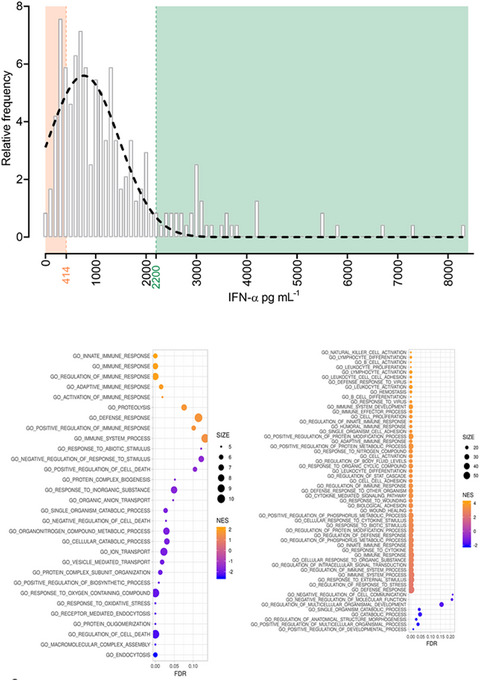
For this study on variation in IFN-α production, samples from high and low IFN-α producers were selected and their transcriptomes were compared before and after rhinovirus stimulation. Differential gene expression analysis revealed immunological differences at baseline prior to stimulus and differences in antiviral response and expression of genes related to cellular functions.




